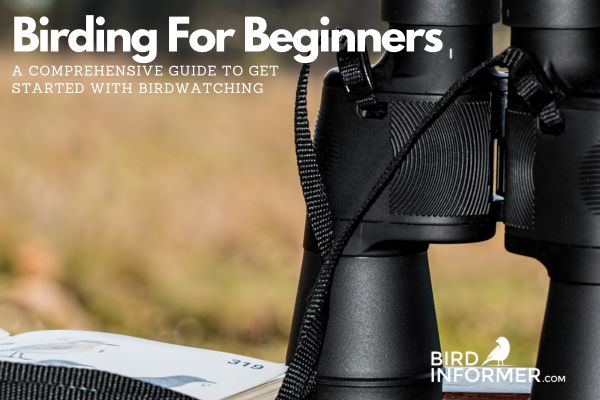Contents
- Birding For Beginners – Key Takeaways
- Essential Equipment for Beginner Birders
- Starting Local: Birdwatching in Your Own Backyard
- Expanding Your Birding Horizons: Exploring Nearby Parks and Nature Reserves
- Joining the Birding Community
- Birdwatching Etiquette: Respecting Nature and Fellow Birders
- Travel Opportunities for Birders
- Developing Your Birding Skills
- Supporting Bird Conservation Efforts
- Summary
- Frequently Asked Questions
Imagine the excitement of spotting a rare bird species in your backyard or the peacefulness of observing birds in their natural habitats. Birdwatching, also known as birding, is a hobby or passion for many people of all ages, and it can be an incredible way to connect with nature and learn more about the fascinating world of birds.
In this comprehensive guide to birding for beginners, we’ll take you through everything you need to know to begin your birding journey, from essential equipment and starting local to joining birding communities and supporting bird conservation efforts.
Birding For Beginners – Key Takeaways
Get the right equipment to start birding, such as binoculars and field guides/apps.
Attract birds to your backyard with food, water & native plants.
Join local clubs and use online resources for hotspots & knowledge, plus support conservation efforts!
Essential Equipment for Beginner Birders
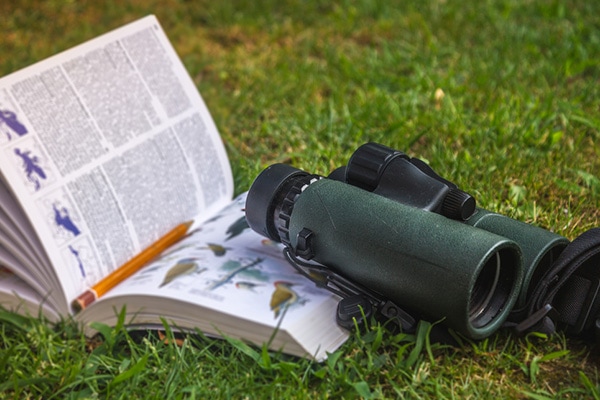
Beginning your birding adventure necessitates having the right equipment. Here are some essential tools for birders:
Good-quality binoculars: They allow you to get a closer look at various bird species without disturbing them.
Field guides and bird identification apps: They provide invaluable information to help you identify and research different species in the field.
A method to record your observations: Whether it’s a notebook or a digital platform, recording your observations helps you track your progress and contributes to bird conservation efforts.
Before immersing yourself in the world of birding, you need to invest in a reliable pair of binoculars, a region or interest-specific field guide or app, along with a system to document your bird sightings. With these tools at your disposal, you’ll be well-equipped to embark on your birding journey and become a better birder over time.
Choosing the Right Binoculars
When selecting binoculars for birding, there are several factors to consider, such as size, usability, magnification, and cost. An 8-power magnification is recommended for birdwatching, as it provides a clear view without getting too close, helping to protect birds from disturbance.
Beginning birders should consider binoculars such as the Opticron Oregon, Celestron Nature DX ED, and Hawke Nature-Trek 842. These are all great options for those just starting out.
If you’re on a budget, consider checking out resale options on platforms like eBay, Facebook Marketplace, or local yard sales, where you might find deals on binoculars without breaking the bank. In addition, joining local birding groups can be an excellent opportunity to try out different binoculars and gain insights from experienced birders before making a purchase.
Field Guides and Apps
Field guides and apps are fundamental tools for bird identification and can be customized to cater to specific regions or interests. Some popular options for early bird enthusiasts include the Audubon Bird Guide App, Merlin Bird ID, and National Geographic Field Guide to the Birds of North America. The Audubon Bird Guide App, for instance, allows you to filter birds by their habitat, color, activity, tail shape, and type, making it a valuable resource for both beginners and experienced birders.
While bird identification apps are convenient for on-the-go birding, physical field guides offer the advantage of providing extra detail and a more immersive learning experience. Combining both digital and printed resources can give you the best of both worlds, helping you identify and research bird species more effectively.
Recording Your Observations
Documenting your bird observations is a vital aspect of birding because it supports you in tracking your progress and promotes bird conservation efforts. You can choose to jot down your sightings in a journal or log them digitally, depending on your preference. One popular birding app for recording observations is eBird, which allows you to log your bird sightings and contribute valuable data to global bird monitoring efforts.
When sharing a bird’s location with other birders, it’s helpful to use the “clock method” to communicate the bird’s position accurately. By looking at a tree as if it were a clock face, you can use the bird’s position to describe its location to others, ensuring that everyone can enjoy the sighting without disturbing the bird.
Starting Local: Birdwatching in Your Own Backyard
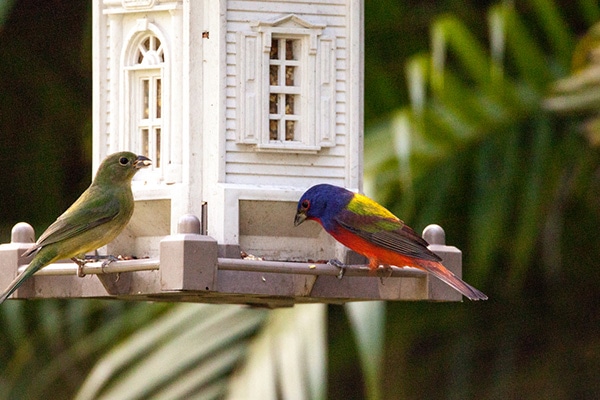
After assembling your necessary equipment, begin locally by enticing birds to your backyard or visiting a local park to get acquainted with the common species in your vicinity. Feeding birds can be a delightful way to observe their behavior and learn more about them.
Observing birds in your own backyard allows you to hone your birding skills and accumulate valuable experience before stepping into expansive habitats.
Attracting Birds
Attracting birds to your backyard can be accomplished by providing:
Food: Installing bird feeders, such as black-oil sunflower feeders, suet feeders in the winter, and hummingbird feeders in the summer, can help draw in various bird species.
Water: Providing water sources, such as birdbaths or shallow dishes, ensures that birds have a place to drink and bathe.
Shelter: Offering shelter through birdhouses, shrubs, and trees creates a welcoming environment for birds to rest and nest.
Native plants: Planting native plants in your backyard can provide natural food sources and habitat for birds.
By implementing these strategies, you can create an inviting space for birds in your backyard.
By creating a bird-friendly environment in your backyard, you’ll not only attract a diverse range of bird species but also contribute to their well-being and conservation. As a result, your backyard will become a haven for birds and a perfect spot for you to practice your birding skills.
Familiarizing Yourself with Common Species
Acquiring knowledge about common bird species in your area is integral to developing basic birding skills and understanding. By observing birds and referring to field guides, apps, or other resources, you can practice identifying birds based on:
their size
their shape
their color and pattern
their behavior
their habitat
To improve your bird identification skills, consider:
Joining a birding group or taking a birding class, where you can practice with other birders and receive valuable feedback
Becoming more familiar with common species in your area
Being better prepared to recognize rare or unusual sightings
Expanding your birding horizons
Expanding Your Birding Horizons: Exploring Nearby Parks and Nature Reserves
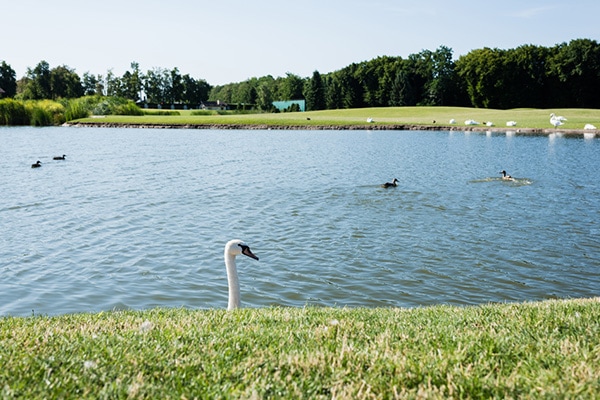
As you gain confidence in birding in your backyard, consider exploring adjacent parks, nature reserves, and other prime birding locations. By visiting different habitats and observing a wider variety of bird species, you’ll continue to develop your birding skills and deepen your appreciation for the natural world.
Finding Birding Hotspots
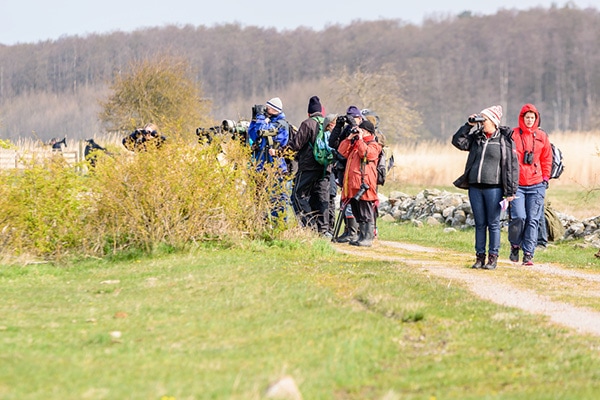
Discovering birding hotspots is easier than ever with the help of:
Online resources such as eBird and the Audubon Society, which provide information on birding hotspots and recent sightings
Local bird clubs, which often share tips on the best spots to visit in your area
Word of mouth from other birders
These resources can help you find the best locations to observe and enjoy birds in your area, including the Grand Canyon National Park.
Another way to find birding hotspots is by visiting Important Bird Areas (IBAs), which are critical for bird habitats and conservation efforts. By exploring these areas, you’ll not only have the opportunity to spot birds of significance but also contribute to their protection and preservation.
Timing Your Visits
Timing plays a key role in birding since different species exhibit heightened activity during particular times of the day or year. To increase your chances of spotting various bird species, plan your visits during migration seasons, early mornings, or late afternoons, when birds are most active.
By timing your visits strategically, you’ll maximize your birdwatching opportunities and enhance your overall birding experience. As you continue to explore and observe, you’ll gain invaluable insights into the fascinating world of birds and their diverse habitats.
Joining the Birding Community
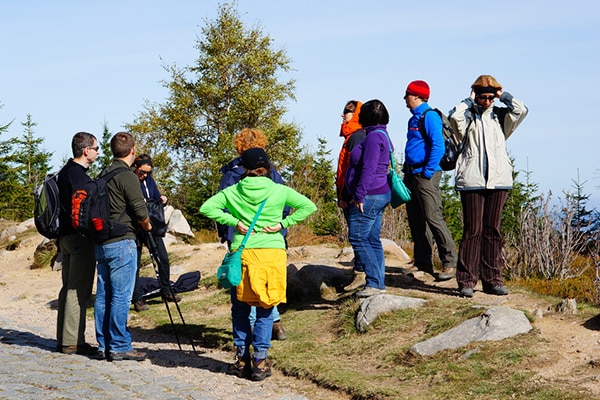
Establishing connections with the birding community can significantly enhance your birding experience, offering access to vast knowledge, resources, and a sense of camaraderie among mutual bird enthusiasts.
By joining a local bird club or a local birding club and engaging with online resources and social media, you’ll become part of a supportive network of birders who share your passion for birdwatching.
Local Bird Clubs and Organizations
Local bird clubs and organizations offer a variety of benefits for birders, including guided walks, educational programs, and networking opportunities with other bird enthusiasts. By participating in these events and activities, you’ll not only sharpen your birding skills but also make valuable connections with fellow birders who can offer advice, support, and friendship.
To locate birdwatching clubs in your area, you can consult online resources or reach out to local Audubon Society chapters, which often provide beginner birder walks and educational programs for those just starting out with birding.
Online Resources and Social Media
The internet offers a wealth of online resources for birders, including websites such as eBird, All About Birds, and the Audubon Society, which provide bird identification guides, birding hotspots, and citizen science opportunities.
In addition to these websites, social media platforms like Facebook groups and Twitter accounts can be valuable tools for connecting with other birders and sharing sightings, tips, and experiences. By engaging with online resources and social media, you’ll have access to a wealth of information and support that can help you grow as a birder and enhance your birdwatching experiences.
Birdwatching Etiquette: Respecting Nature and Fellow Birders
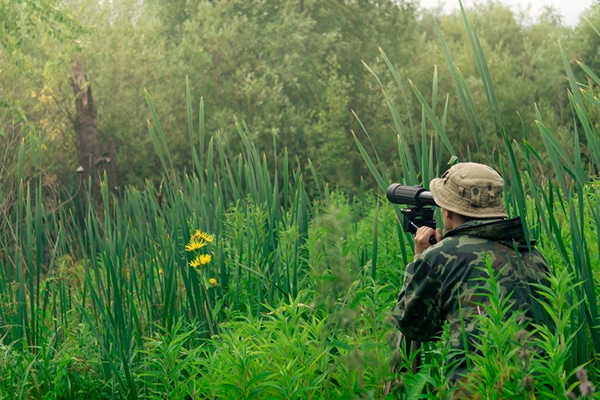
Adhering to proper birdwatching etiquette is vital for safeguarding the birds, their habitats, and for respecting the rights and skill levels of other birders. When birding, it’s important to:
Give birds plenty of space
Keep noise levels down
Avoid getting too close to nests or touching them
Be mindful of your environmental impact
Respect other birders’ rights and skill levels.
Practicing birdwatching etiquette guarantees a positive experience for everyone involved and aids in the preservation of bird populations and their habitats. By respecting nature and fellow birders, you help foster a welcoming and responsible birding community.
Travel Opportunities for Birders
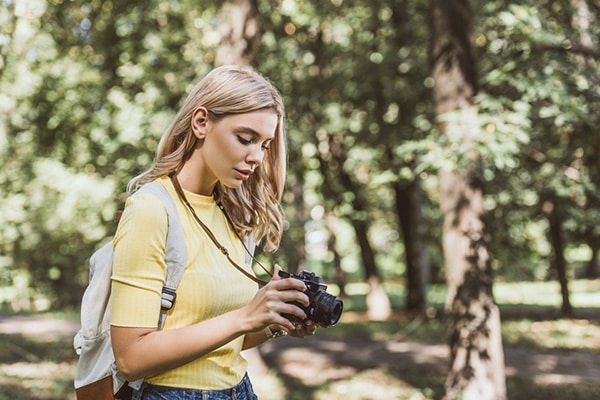
As your birding skills and knowledge grow, you may find yourself eager to explore new destinations and experience diverse birding habitats. Travel opportunities for birders include regional birding festivals, guided tours, and visiting specific habitats to see unique bird species. Popular birding destinations include Costa Rica, Ecuador, South Africa, Australia, Peru, and Alaska in the US.
When setting off on birding adventures, it’s important that you’re prepared and prioritize safety. Bring a buddy, pack snacks and water, and keep your phone charged. With proper planning and preparation, birding trips can provide unforgettable experiences and a deeper appreciation for the world’s incredible bird diversity.
Developing Your Birding Skills
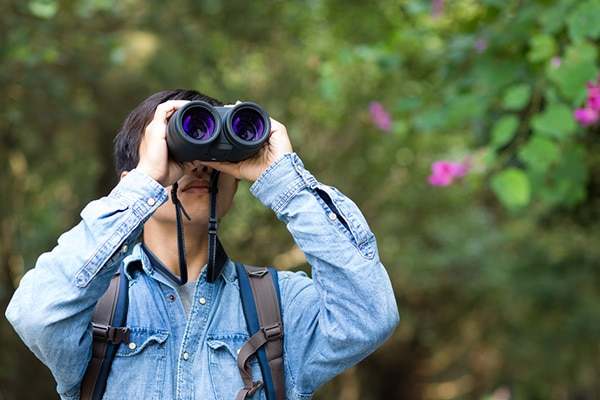
To enhance your birding skills and enjoy bird watching, think about learning bird calls, exercising identification techniques, and studying bird behavior. The National Audubon Society recommends using the “stop, look, listen, repeat” mantra when trying to spot and identify birds, emphasizing the importance of pausing and paying attention to your surroundings.
Additionally, you can improve your bird identification skills by focusing on specific traits, such as:
Size
Shape
Color
Pattern
Bird behavior
Habitat
As you continue to hone your skills and expand your birding knowledge, you’ll become a more proficient and passionate birder.
Supporting Bird Conservation Efforts
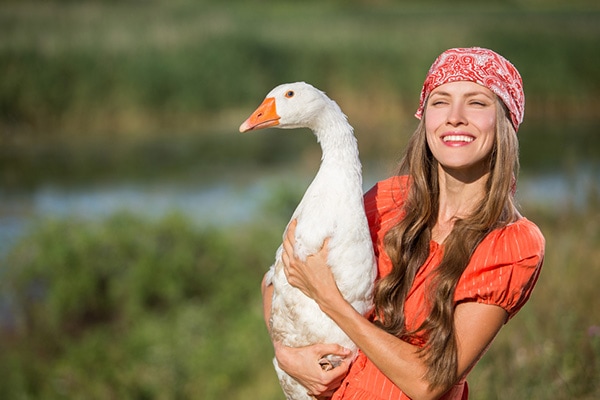
Backing bird conservation efforts is fundamental for the survival and protection of bird populations and their habitats. You can contribute to these efforts by volunteering, donating, and participating in citizen science projects, such as those offered by eBird and the Audubon Society.
By actively supporting bird conservation initiatives, you’ll not only help protect bird species and their habitats but also foster a responsible and sustainable birding community. Your efforts will ensure that future generations can enjoy the beauty and diversity of birds in their natural environments.
Summary
In conclusion, birdwatching is a fascinating and fulfilling hobby that can be enjoyed by people of all ages and skill levels. By equipping yourself with the right tools, starting local, and connecting with the birding community, you can embark on a lifelong journey of discovery and appreciation for the incredible world of birds. As your skills and knowledge grow, you may even find yourself exploring new habitats, traveling to distant birding hotspots, and supporting vital bird conservation efforts. So grab your binoculars, field guide, and notebook, and let the birding adventure begin!
Frequently Asked Questions
How do I get started in birding?
To get started in birding, start by picking up a field guide and getting to know the regular birds near you. Visit a local park and be sure to bring binoculars or a camera and take notes. Spend some time outside and practice identifying different species. You can also connect with other birders to learn more and gain inspiration.
What is the difference between birding and birdwatching?
Bird-watchers observe birds while birders actively search for them. Birding is focused more on finding the birds, with an emphasis on identification and discovery. Birdwatching, on the other hand, is more of a relaxed activity of appreciating the birds.
Is bird-watching a cheap hobby?
Bird-watching is a very affordable hobby, since it’s possible to enjoy it without spending money. All you need are binoculars and you can explore for birds wherever you live or visit. No matter where you are, you can find birds to watch. You can look for them in your backyard, in a nearby park, or even on a vacation. You can also join a
Is bird-watching easy?
Bird-watching is surprisingly easy to learn with a little practice and patience. All you need to do is take the time to observe carefully and let the beauty of nature take over. The rewards of bird-watching are immense. You can observe the beauty of nature, learn about different species, and even take part in conservation efforts. It’s a
What is the best time of day for birdwatching?
For the best birdwatching experience, plan to go out early in the morning or in the late afternoon when birds are most active.

